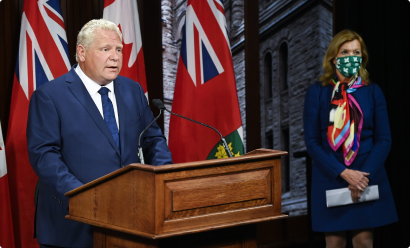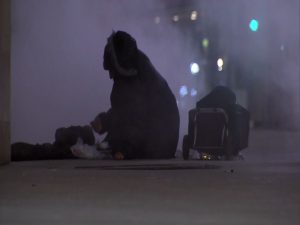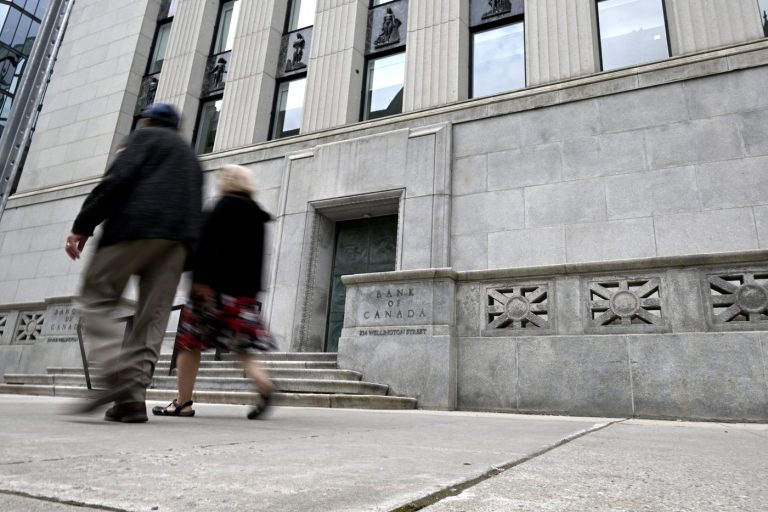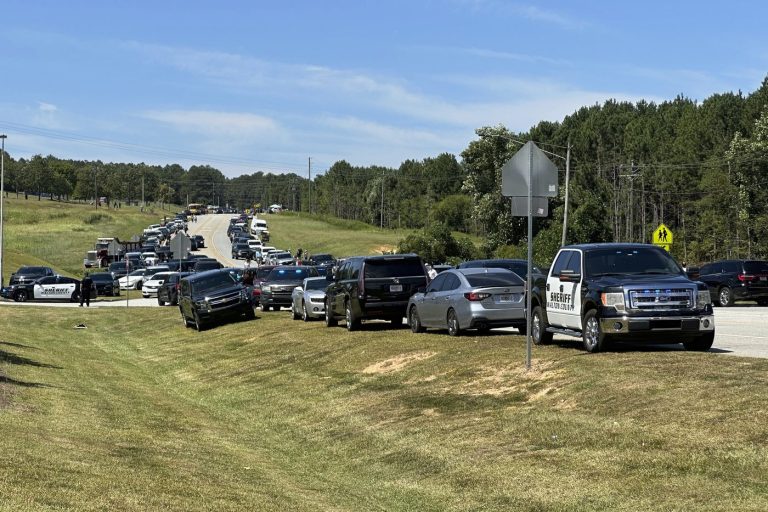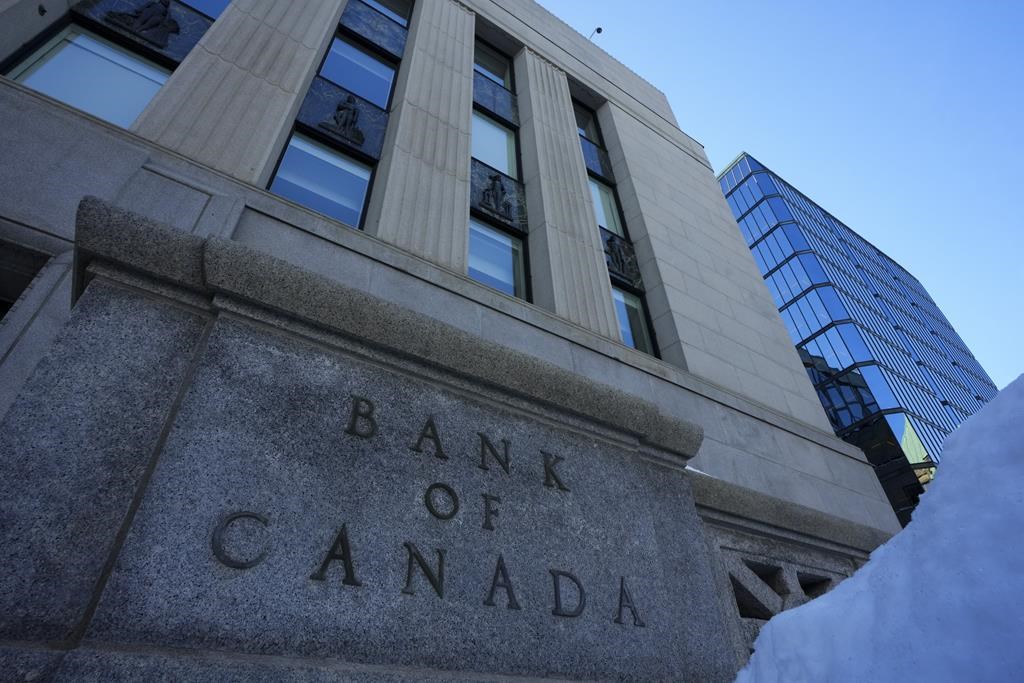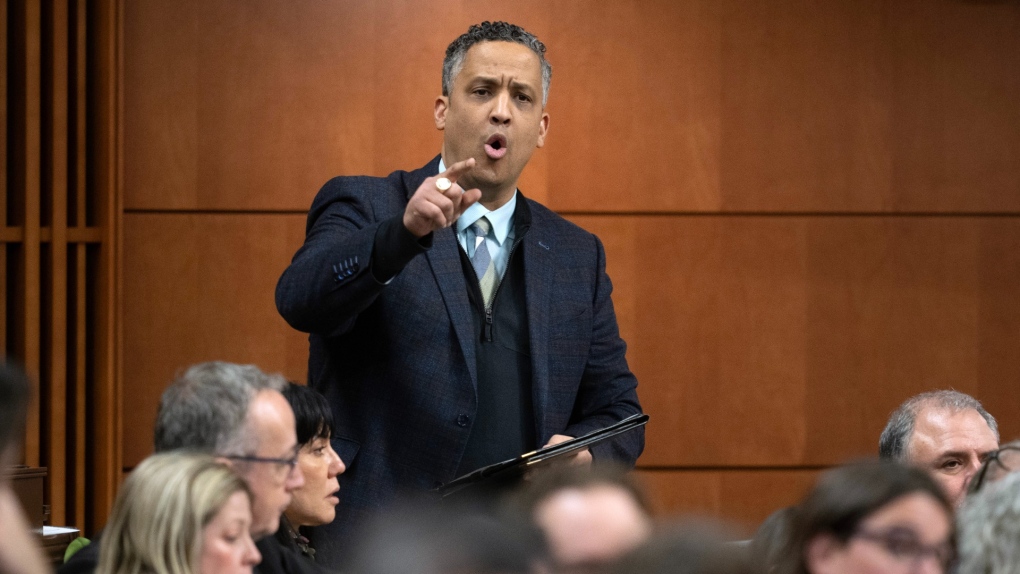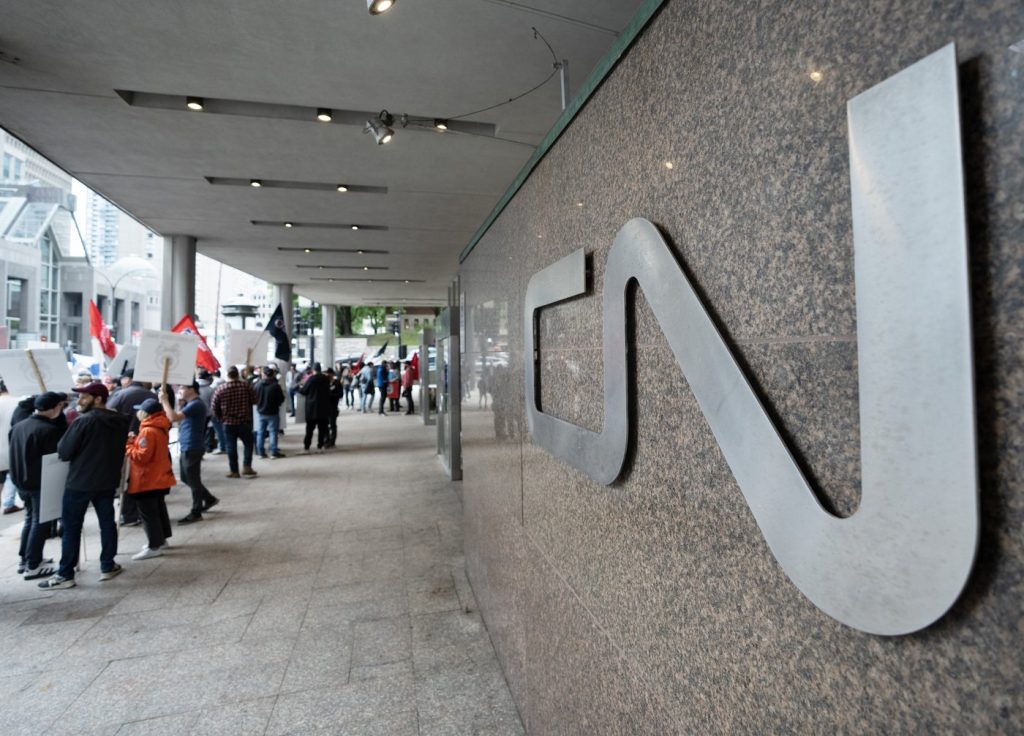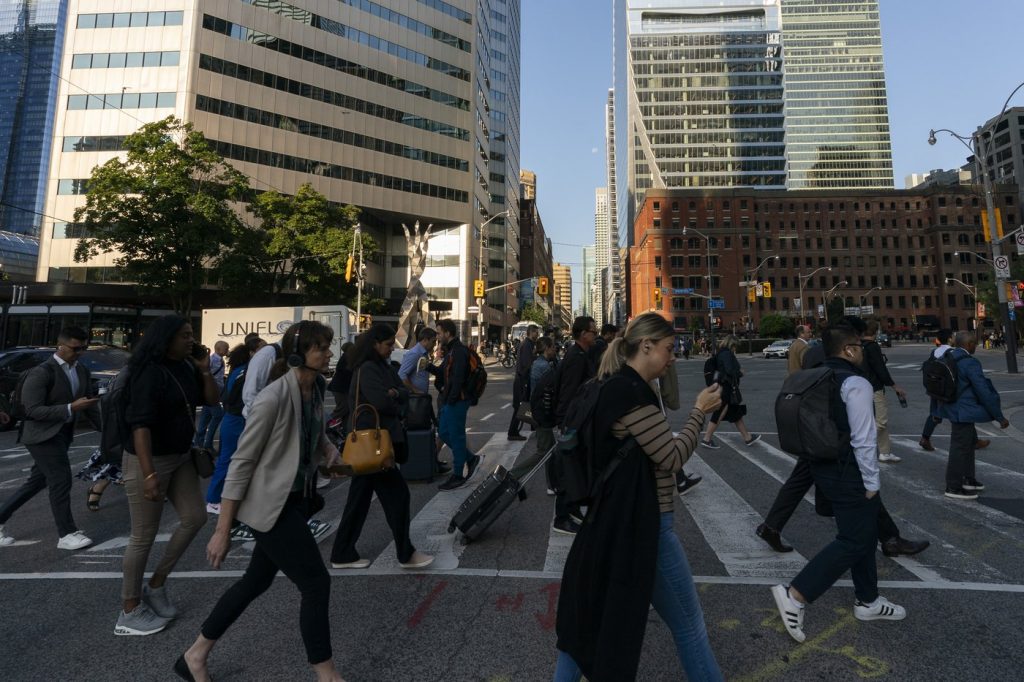The City of Toronto and its partners operate the largest shelter system in Canada, but housing advocates warn a string of extreme cold weather in the forecast, capacity cuts to isolation sites and ongoing COVID-19 outbreaks are causing the system to collapse.
“I was told that I need to not be pushing the panic button, but the reality is there is nobody that I’m working with in this sector who is not panicked right now,” said Lorraine Lam, outreach worker with the homeless advocacy group Sanctuary Toronto.
Back in 2020, the City partnered with the University Health Network, Inner City Health Associates, and other community organizations to create Toronto’s Isolation and Recover sites: a place where unhoused COVID-positive people could be safely quarantined, treated and placed in permanent housing after they recover.
At it’s conception, the site could accommodate up to 154 clients, a capacity that has since been cut down to just 60 rooms. Lam said most calls to Central Intake, a place for outreach workers to find shelter space for the unhoused, go ignored.
“As of right now, there’s no new recovery spaces that are opening, and we are seeing every day more and more shelters enter outbreaks,” she said.
Shelters are now being asked to pivot to “in situ” strategies, meaning many infected residents will be forced to isolate on-site — an alarming situation for advocates like Lam.
“When the whole city is being told that if you’re symptomatic or testing positive, you should stay home and isolate and not be around people…we’ve got like a two-tiered health system here, where people who have privilege and access can do that, but the people who are in shelters can’t,” Lam said.
https://www.instagram.com/p/CYjraFOBgPU/
Toronto Alliance to End Homelessness is a community-based collective that has worked with the City on some service system initiatives like building supportive housing in the past. Executive director Kira Heineck rejects the idea of the shelter system collapsing. According to her, the city is managing the situation to the best of their ability.
“I don’t know if it if it’s fair to say that the system has entirely collapsed,” Heineck said.
“There are significant challenges as they are in any sector. It’s incumbent on all of us to try to remember the broader context when we are trying to evaluate how any institution is doing in responding to it.”
Even with COVID-19 outbreaks in the shelter system continuing to rise, Heineck says the City’s latest policy changes aren’t as drastic as they appear.
“A variant that is spreading so quickly, does it matter whether we have 200 or 400 or 600 recovery in isolation spaces to a certain point?,” Heineck said.
“I suppose it does, but not really in the long run…especially when we know that once you have an outbreak of the American variant, it is safer to stay where you are and to create an isolation and recovery site in the actual building or program.”
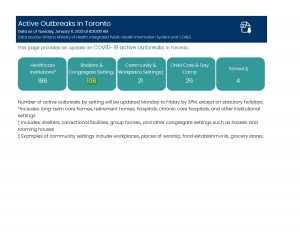
In best-case scenarios, a single infected person or a smaller group would be isolated in a room or on their own floor. Worst-case scenarios would have COVID-positive people staying one side of a shared space, or simply allowed free movement in the shelter. In a statement, the city said “all decisions are guided by the recommendations of Toronto Public Health” and “focused on ensuring people experiencing homelessness are prioritized and protected”, but Lam said the policy change is only pushing more people away from shelters, and into encampments.
“There are a lot of people who are homeless outside who have been homeless for years and years and years, and so they know what it is that they need to live; what they need to survive,” Lam sai.
“So when someone says the shelter system is actually more harmful to me than being out here, we need to pay attention to that.”
At a news briefing on January 10th, Mayor John Tory spoke about shelter capacity concerns as an extreme cold weather alert continued to hit the city.
“As recently as this morning with the cold weather, we’ve been talking about what we need to ensure capacity that is needed to house and shelter those experiencing homelessness is there for them,” Tory said.
When it comes to finding solutions, Lam said officials need to focus on prioritizing relief efforts, including support for staffing, access to N95 face masks and other PPE, additional isolation recovery sites and permanent rehousing options.
“Shelters are not supposed to be a place where people end up living for years, but that’s also the reality of what’s happening,” Lam said.
“There are a number of people who’ve been in the shelter system for years and years because they can’t get housing, so we really need to look at root causes.”
In a statement to OMNI News, the city said close to 6,900 people had been moved from shelters into permanent housing, but ongoing shelter system flow data shows that as recently as November 2021, more than 30 per cen of the people who entered shelters that month were returning, and nearly 17 per cent of them were from permanent housing.
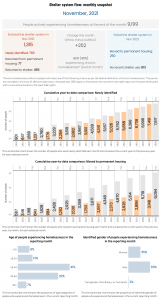
Last year, City Council approved the Shelter, Support and Housing Administration’s three-year Service Plan and 2022 Infrastructure Plan, both of which work towards a safe transition out of shelters and into permanent housing.

